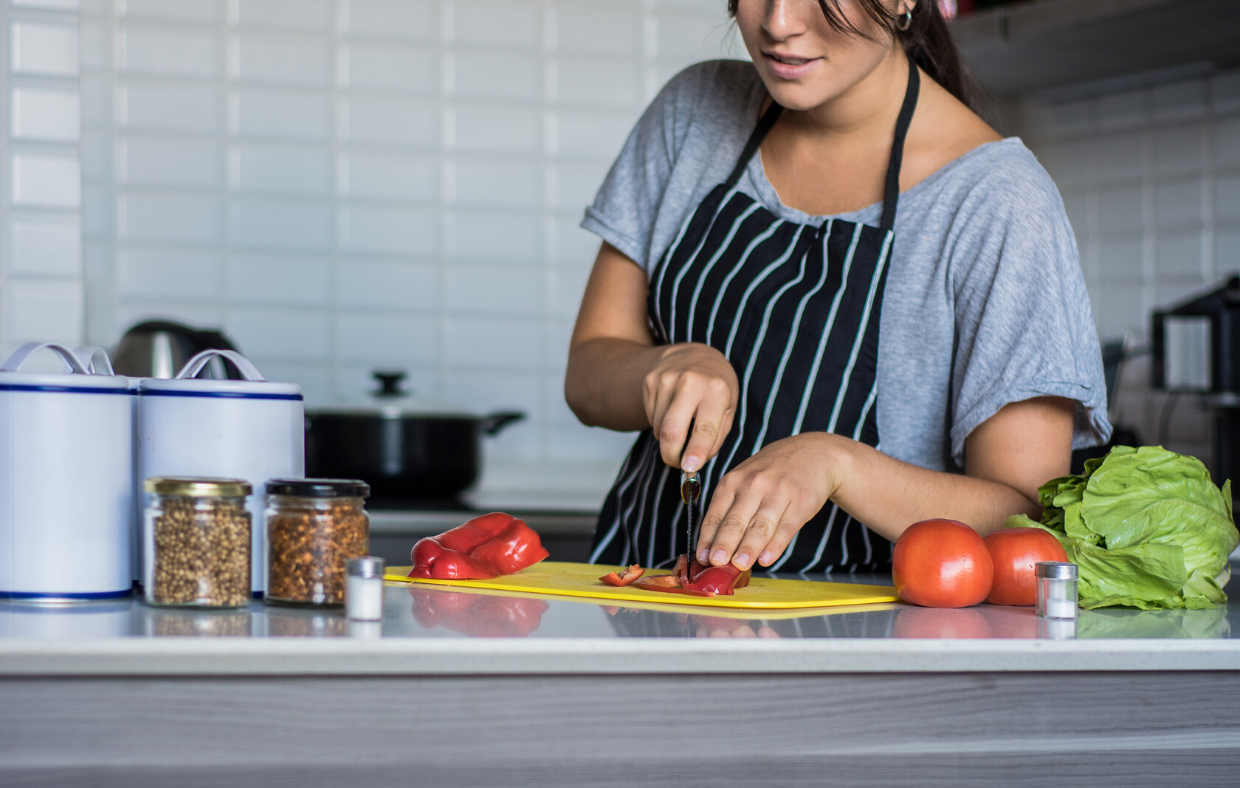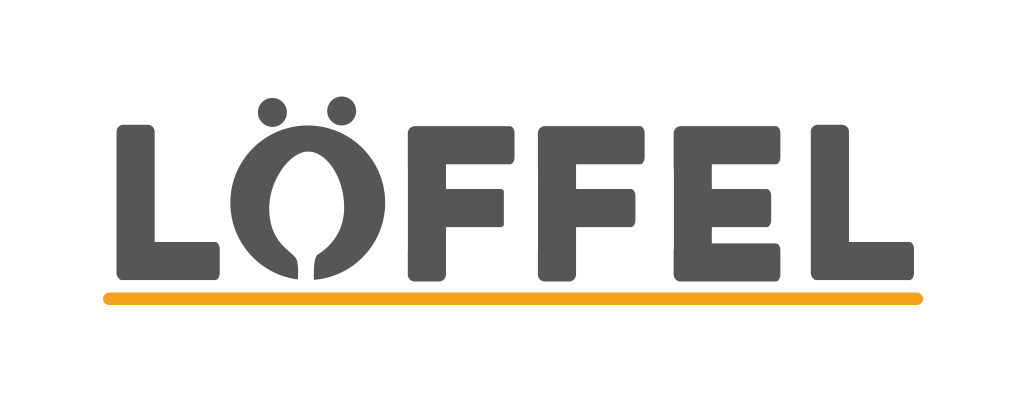
Whether new or a veteran, cooking can get fairly grueling. There’re so many ways to make food—but that also means that there’re just as many ways to mess it up. If you’re new to the kitchen scene and need tips to finally get started, then this is for you.
Picking Out The Proper Measuring Equipment
You need to understand that different cooking ingredients require different tools to ensure proper measurement. If you’re more of a chef than a baker, then you’ll be fine if your measurements are as exact. But if you’re leaning more toward baking, then that’s a different story.
Generally speaking, liquids are measured using larger cups or containers that have indentations or markings showing how much is inside. It’s a lot more convenient since you’ll only have a couple of them lying around—storage won’t be an issue.
With dry ingredients, however, items such as flour or spices require more specifically sized receptacles. Dry measuring cups and spoons are usually found in sets where each piece is marked by how much they measure.
Pro Tip: The container needs to be perfectly filled to the brim when using dry measurement cups. You can do this by overfilling the receptacle and brushing the excess off using the dull side of your knife.
The Good Ol’ Knife Trick
And no, it’s not a party trick if you were wondering that. Have you ever found yourself having trouble having to scoop up the mound of onions that you just chopped up? Well, there’s an easy and free way to do it without having to buy a whole new scraper or spatula.
Just use the dull end of your knife! You could always do it with the sharp end, but that will be a lot more dangerous. And even worse, it could quickly and effectively make your knife a whole lot duller.
The Trick To Seasoning Your Food
Getting the seasoning on your food to be just right can be more difficult than you think. Too much salt, and it’s impossible to eat. Too less, and it’ll be miserable to finish eating. You can even say that only a “seasoned” chef can perfect it.
But all you really need is to apply salt little by little as you go. Just make sure to taste. Another trick is to season as you’re putting in more ingredients to ensure that everything gets its share of seasoning. But food like soups can still be saved since you can still homogenize seasonings near the end.
Pro Tip: Seasoning from a height—sprinkling seasonings about 12 inches away from the pan helps distribute the spices. This stops a concentration in 1 spot and a lack of flavor in others, which is especially important when pan-frying.
Properly Heating Your Pots And Pans
In a sense, heating your cookware should be intuitive—or at least, for the most part. If you want to get better at cooking, you’ll need to learn how and when to adjust the heat. Basically, you need the fire to be ripping hot before you start frying.
Heat your pan for a few minutes at medium-high heat to avoid getting your food to stick. If you want to test out the heat, add a drop of water to the pan. If it forms a bead and starts running around, then it’s definitely hot enough for frying.
Just make sure to get the water to evaporate before adding in any oil to avoid hurting yourself.
Pro Tip: When boiling water, you can simply put a lid on it to make it boil faster. Having a lid prevents steam and heat from escaping the pot and makes your water boil to boil relatively faster.
So did you learn any new tricks to cooking? Hopefully, you’ve gone through everything and expanded on your cooking skills. Don’t be afraid, follow the tips, and you’ll be a proud self-proclaimed chef in no time!
